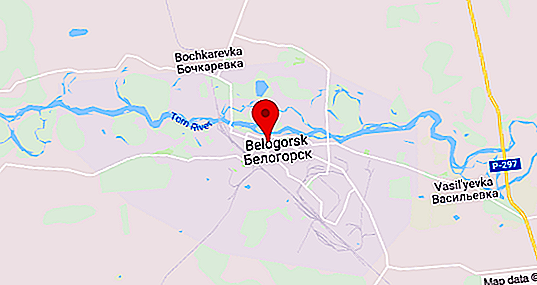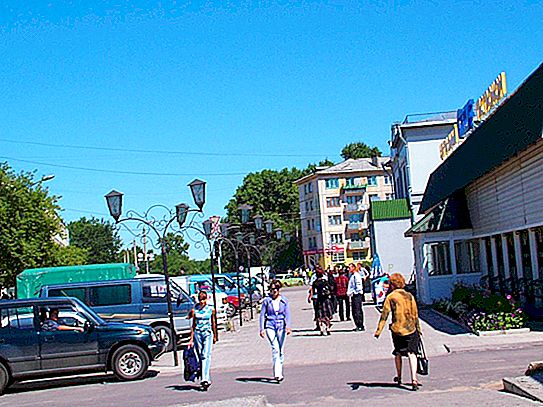A small city in the Amur region is going through hard times. The territory of advanced development is organized here, which so far does not greatly affect its economic situation. The population of Belogorsk has been steadily declining since 2011.
General information

Belogorsk is the administrative center of the homonymous district and urban district, located on the left bank of the Tom River (tributary of the Zeya) on the territory of the Zeya-Bureya plain. At a distance of 99 km in the south-west is the regional center of Blagoveshchensk. The territory of the settlement covers an area of 135 sq. Km. The Russian government assigned the city to the category of single-industry towns where a worsening of the socio-economic situation is possible. The population of Belogorsk in 2018 is 66 thousand people.
The city in Soviet times became an important transport hub of the Trans-Siberian Railway. A little south of the city territory is the railway to the regional center. Both directions have federal significance, linking Belogorsk with other settlements of the country.
Early years

In 1860, the village of Aleksandrovskoe was founded by immigrants from the Vyatka and Perm provinces, including the peasant families of the Baranovs, Mikhailovs, and Tretyakovs. In 1893, the village of Bochkarevka was built near, on a tributary of the Tom River. And in 1913, during the construction of the Amur Railway, the Bochkarevo railway station was also built. Representatives of all Russian noble families (the highest ranks of the military security guard and the railway), the townspeople, workers and peasants lived in the settlement.
In 1926, all three settlements were united in the city of Aleksandrovsk-on-Tomi, in which 7852 people lived. Then, in the city, there were 857 built-up properties with 1, 090 residential buildings.

In 1931, the population of Belogorsk of those times was 11, 100 people. Thanks to the railway, the city developed rapidly, gradually turning into an industrial center, oil and tanneries and several mills worked. It consisted of 2042 households, of which 1914 were peasant. In the same year, on the initiative of the city communists, it was renamed Krasnopartizansk, and in 1936 it was named Kuybyshevka-Vostochnaya. According to the last pre-war census of 1939, 34, 000 people lived in Belogorsk. The number of residents increased, including due to the annexation of the village of Vysokoye.




